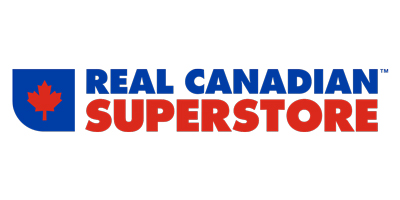
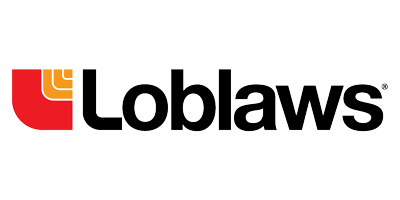
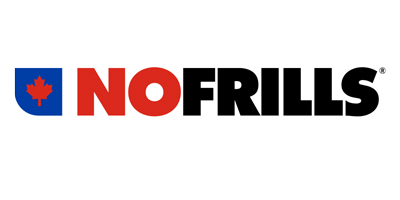




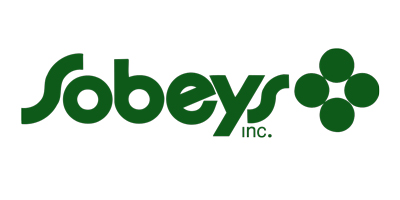


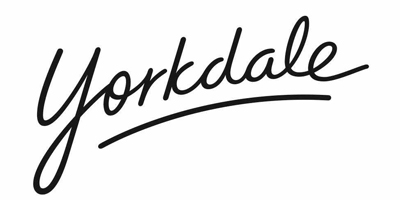


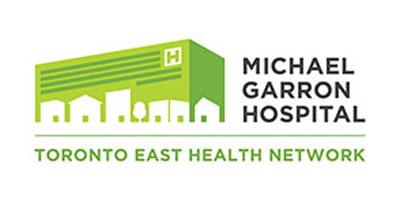

Years of Experience
Residential Projects
Commercial Projects
Professional Lead Paint Removal Service In Toronto
Lead paint is a dangerous substance and has long-lasting effects on human health, according to a recent study on the dangers of exposure to lead paint. The people who are highly affected by lead paint are children. Children are also at a higher risk of suffering long-term health complications. Lead exposure requires immediate attention. It is advisable to have your paint tested and treated.
How You Can Know There Is Lead in Your Home
If you suspect that your premises have lead paint, you should have it tested by a lead removal professional to determine the proper course of action. You might be tempted to purchase a test kit from a hardware store. However, these test kits do not always give accurate results.
Lead testing is particularly crucial if you intend to renovate your property, especially if the house was constructed before the lead paint ban. Your premises probably contain lead-based paint if they were constructed before 1960. If your home was constructed between 1960 and 1990, its exterior likely contains lead paint. The paint on the interior surfaces could have small portions of lead paint, which is still harmful, especially to young children.
If your home was constructed after 1990, it should not contain lead because all the consumer paints produced in the U.S. and Canada after this period are lead-free. Work with trained professionals to ensure a safe environment and lower risk levels. Contact 360 Demolition & Environmental Services to get started. Our experts will answer any questions you have about lead treatment.
When is Lead Paint Dangerous?
Usually, leaving lead paint alone is better than having it removed, provided the paint is not chipped and no children can access it. You can achieve extra security by covering the lead paint area with wallboard, wallpaper, or panelling for extra security.
However, lead-based paint is a severe health hazard in your home if it is flaking, chipping, or within the reach of children. In this case, you should seek professional lead removal services. The lead abatement experts will remove lead-based paint while adhering to specific guidelines.
Common Locations Where Lead is Found
Generally, the older your home or commercial property, the more likely that it has lead paint. Many homes, including private, federally assisted, or owned properties and childcare facilities, contain lead paint. The common locations likely to be contaminated are:
- Door frames and doors – usually covering doorways
- Windows and window sills
- Railings, stairs, porches, and banisters
- On surfaces inside or outside the property
- The soil surrounding a home may contain the dangerous substance. Soil can acquire lead from exterior paint or other places
What is Lead Abatement?
Lead abatement is a specific activity performed using specialized techniques aimed at addressing lead removal in a building. Our lead removal experts are licensed and certified to perform professional lead abatement.
The Common Lead Abatement Methods
These are the common lead abatement methods:
Enclosure
This is the simplest and fastest lead abatement method. It involves using a wall covering to cover the lead paint. It is typically used on larger surfaces.
Paint Removal
This lead abatement method involves removing the lead paint completely. Because this removal method creates lead dust, only a certified expert should perform it. Our experts use advanced equipment during the removal method to prevent lead exposure.
Encapsulation
This lead abatement approach requires covering the lead paint and sealing it using a particular coating. Even if this abatement method is affordable, it is not appropriate for certain surfaces.
Replacement
This entails removing and replacing the doors, windows, or moulding that has been painted using lead paint.
What You Can Do To Minimize the Risk of Lead Poisoning
You can take several measures to minimize the risk level of lead poisoning:
- Keep vulnerable persons, including pregnant women and children, from lead exposure
- Consider hiring a professional lead abatement expert to handle the lead job
- When removing lead paint, avoid using heat guns, dry sanding, or blowlamps because these can create toxic dust and lead-containing fumes.
- Before you remove lead paint, workers should remove all furnishings from the work area. If you can’t move some items, use a plastic sheet to cover them.
- Isolate the lead removal area by covering the vents and doorways with plastic sheeting and tape. Confining the work area prevents the spread of paint particles, chips, and scrapings throughout the house.
- Before commencing the lead abatement process, ensure that the room being worked on is well-ventilated. You can set up a fan to expel lead-containing air and lead dust through an open window. The first step should be to apply a stripper near the fan and work your way back. This way, the dust will be blowing away from you.
- The lead removal team must wear protective clothing, including gloves, goggles, and high-quality breathing masks. If the paint comes into contact with the skin, it should be washed off immediately.
- The work area must be cleaned thoroughly after lead removal. Paint chips and scrapings must be put in sealed containers marked “hazardous waste” and disposed of according to the applicable regulations and guidelines.
Lead Removal vs. Lead Encapsulation
The best way to combat a hazard is by eliminating it completely. Permanent lead removal eliminates the possibility that the environment or people will be impacted by lead hazards. Unlike lead encapsulation, lead removal requires more safety measures and greater expertise.
Lead encapsulation involves covering the surface containing lead-based paint. Compared to lead removal, encapsulation is safer for workers, more affordable, and calls for less downtime.
What is the Option to Permanently Remove Lead-Based Paint?
Lead encapsulation may seem like a better option because it is cheap, easy to implement, and involves less risk. However, if you want to remove the paint permanently and enhance the building occupants’ health, you are better off with professional removal. With removal, you are assured of safety since there will be no presence of lead in your building.
Our Lead Removal Experts Can Help
If you need a reliable lead removal expert in Toronto, contact 360 Demolition & Environmental Services. For decades, we have been helping home and commercial building owners to eliminate hazardous lead. Contact us to speak to one of our experts.
Get a Free, No-Obligation Estimate
Fill out the below form, and our specialists will respond to you promptly with more details and pricing.
Grocery Stores / Retail / Commercial

- Your Independent Grocer
- Real Canadian Superstore
- Loblaws
- No Frills
- Fortinos
- Zehrs Markets

- Sobeys
- FreshCo
- Food Basics
- Metro

Mall / Shopping Centres:
- Yorkdale Shopping Centre
- Fairview Mall
- Fairview Park Mall
- Lime Ridge Mall
- Markville Shopping Centre
- Sherway Gardens
- Toronto Eaton Centre
Offices
- TD Centre
- RBC Centre
Hospitals
- Sunnybrook
- Toronto East General Hospital
- The Hospital for Sick Children
- Stella’s Place for Young Adult Mental Health